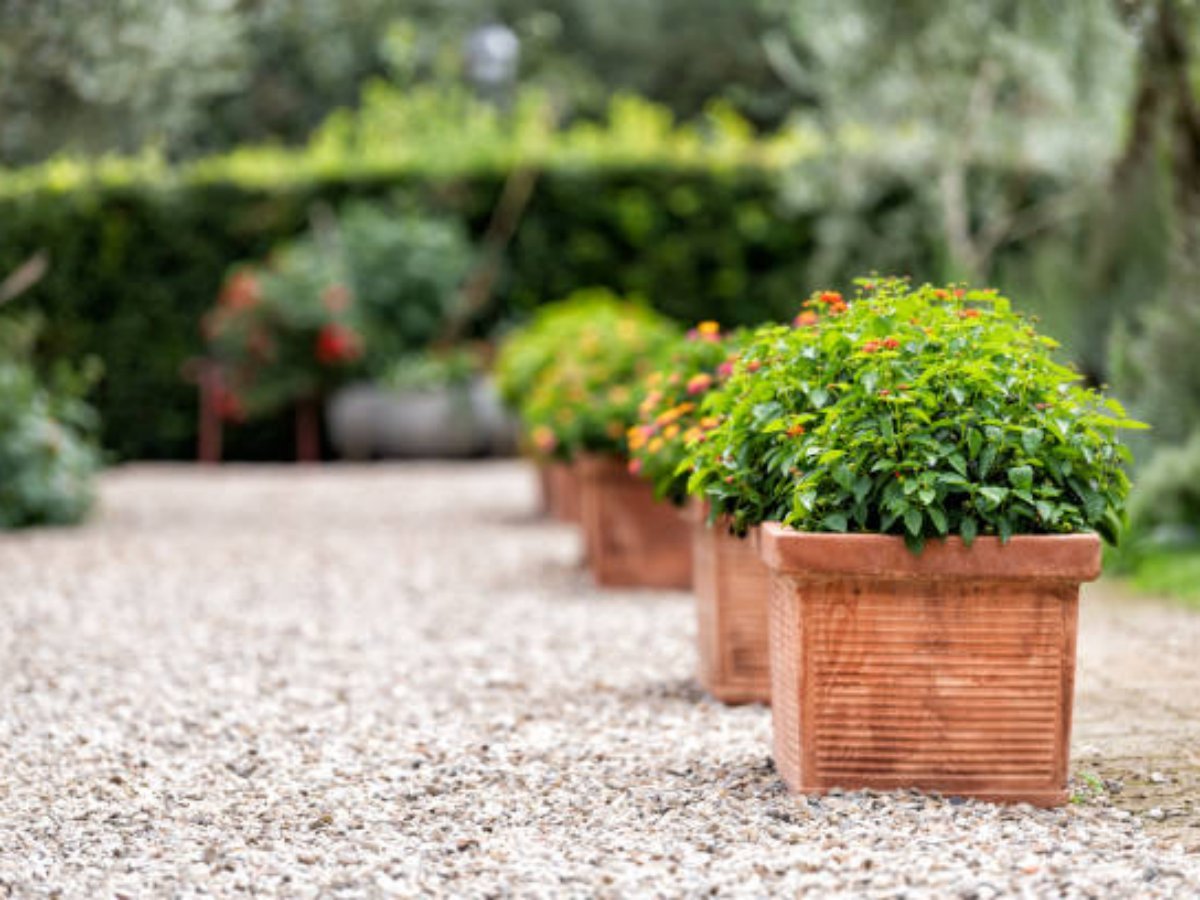Terracotta Plant Pots: A Comprehensive Guide to Choosing and Caring for Your Garden's Perfect Planters
When it comes to gardening, choosing the right plant pots is crucial for the health and aesthetics of your plants. Terracotta plant pots, made from fired clay, have been a popular choice among gardeners for centuries. Their warm, earthy tones and excellent drainage properties make them ideal for a wide range of plants. In this article, we will explore the various aspects of terracotta plant pots, from their history and benefits to tips on choosing and caring for them.
The History of Terracotta Plant Pots
Terracotta, derived from the Italian words "terra" (earth) and "cotta" (cooked), has been used for thousands of years to create pottery and other objects. The use of terracotta in plant pot production dates back to ancient times, with evidence of terracotta pots being used in ancient Egypt and Mesopotamia. The material's ability to withstand high temperatures and its porous nature made it a natural choice for creating durable and breathable plant pots.
The Benefits of Terracotta Plant Pots
There are several reasons why terracotta plant pots remain a popular choice among gardeners:
1. Excellent Drainage
Terracotta plant pots have excellent drainage properties, allowing excess water to escape through the porous clay. This prevents waterlogging and helps prevent root rot, making them suitable for plants that prefer drier soil conditions.
2. Breathability
The porous nature of terracotta allows air to circulate around the roots of plants, promoting healthy root development. This breathability also helps prevent the build-up of excess moisture, reducing the risk of fungal diseases.
3. Aesthetic Appeal
Terracotta plant pots have a timeless and natural beauty that can enhance any garden or indoor space. Their warm, earthy tones complement a wide range of plant varieties, making them a versatile choice for any garden style.
4. Durability
When properly cared for, terracotta plant pots can last for many years. The fired clay is resistant to cracking and fading, ensuring your plant pots will retain their beauty even after prolonged exposure to the elements.
Choosing the Right Terracotta Plant Pots
When selecting terracotta plant pots for your garden, there are a few key factors to consider:
1. Size
Consider the size of your plants and their root systems when choosing the diameter and depth of your terracotta plant pots. Ensure there is enough room for the roots to grow and for the plant to thrive.
2. Style
Terracotta plant pots come in a variety of styles, from traditional and rustic to contemporary and modern. Choose a style that complements your garden's overall aesthetic and the plants you intend to grow.
3. Drainage Holes
Check that the terracotta plant pots have sufficient drainage holes at the bottom to allow excess water to escape. If the pots don't have drainage holes, you can drill them yourself using a masonry bit and a power drill.
4. Quality
Inspect the quality of the terracotta plant pots before purchasing. Look for pots that are well-fired and free from cracks or other imperfections. High-quality pots will ensure the longevity of your plants and the overall appearance of your garden.
Caring for Terracotta Plant Pots
Proper care and maintenance are essential to keep your terracotta plant pots in optimal condition:
1. Pre-Soaking
Before planting, it is advisable to pre-soak your terracotta plant pots in water for at least 24 hours. This helps to prevent the pots from absorbing too much moisture from the soil, which can cause them to crack.
2. Cleaning
Regularly clean your terracotta plant pots to remove any dirt, algae, or mineral deposits that may accumulate over time. Use a soft brush or sponge and mild detergent to gently scrub the pots. Avoid using harsh chemicals or abrasive materials that could damage the surface of the pots.
3. Winter Protection
During the winter months, it is important to protect your terracotta plant pots from freezing temperatures. Water expands when it freezes, which can cause the pots to crack. Move your pots to a sheltered location or wrap them in bubble wrap or hessian to provide insulation.
4. Repotting
As your plants grow, they may outgrow their current terracotta pots. When repotting, choose a slightly larger pot to allow for further root growth. Gently remove the plant from its old pot, loosen the roots, and place it in the new pot with fresh potting soil.
Conclusion
Terracotta plant pots are a timeless and practical choice for any gardener. With their excellent drainage, breathability, and aesthetic appeal, they provide the perfect environment for healthy plant growth. By choosing the right terracotta plant pots and providing proper care, you can enjoy the beauty and benefits of these versatile planters for years to come.

